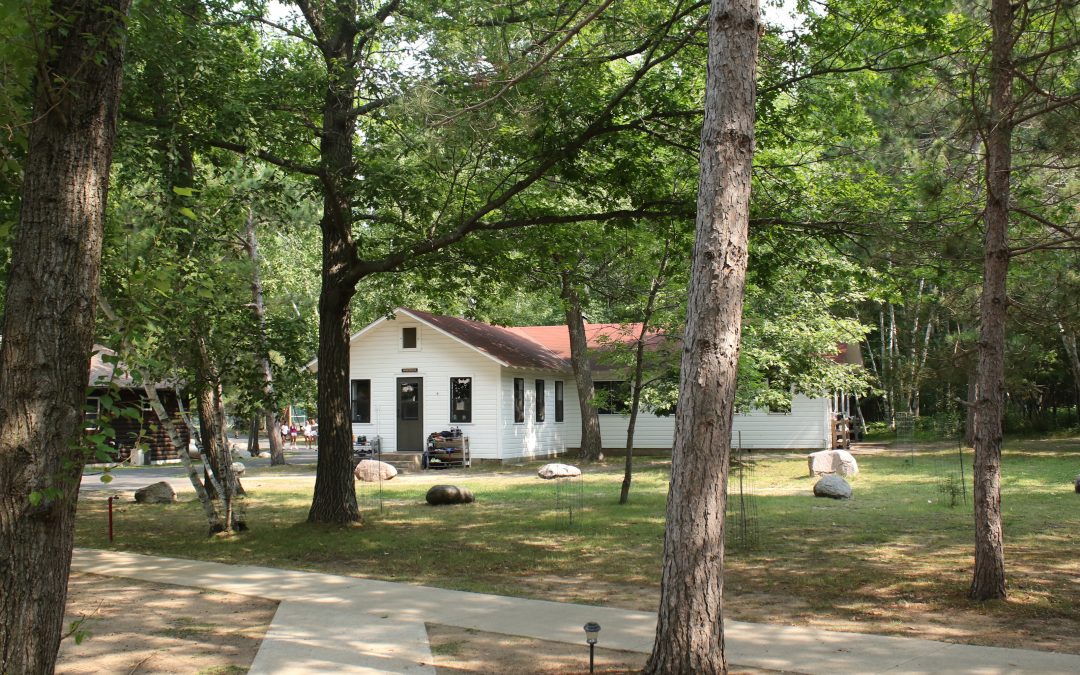They live below!
Ever wondered what kind of animals are living right beneath your feet here at Foley? Turns out lots of different kinds! From mammals and reptiles to lots of different insects, many creatures call the underground home here at Foley. We wanted to spotlight 4 very special animals you may not know a lot about….
1. The Vole
Voles are small rodents and are frequently referred to as meadow mice or field mice. They typically live about 3-6 months and there are about 70 species of voles. They have blunt noses, small furry ears, dense brown fur and a tail with no fur. The vole’s diet consists of seeds, tubers, tree needles, bark, various green vegetation such as grass and clover, and insects. Voles prefer not to feed in the open. Voles require dense grass cover and prefer to live outside in fields. They are very poor climbers and have difficulty reaching upper floors of buildings. Voles are often mistaken for mice. The key identification feature between voles and mice is their tails. Voles have short tails, while mice tails are about half the length of their bodies. I (Ally Daily) have caught voles in our mouse traps across camp during the fall and winter. These little guys love to dig near the cabins and cause lots of destruction.

Photo of a Vole by Photo by Stuart Bartlett
2. Go Gophers!
Gophers are medium-sized rodents. They are larger than mice, but typically smaller than rats. A gopher’s stout body is built for digging. They have small ears and eyes, and no distinct neck. Gophers are found in North and Central America, preferably in areas with loose, sandy soil. They make their homes in burrows with many tunnels. These tunnels have various uses, depending on their size. Shallow tunnels are used for foraging and deep tunnels are used for nesting, food storage and latrines. Tunnels can reach 200 to 2,000 square feet, with the nest and food storage chamber up to 6 feet deep. Gophers are herbivores, and only eat vegetation. Though they eat the tops of plants sometimes, they are mostly interested in the roots and tubers of the plant.

Photo of a Gopher taken by Dmitry Grachyov
3. Burying Beetles
Burying beetles are large, brightly patterned insects. They are black with bright orange or red markings on their elytra (hardened forewings), and sometimes behind their head, face, or tips of their antennae. They also have clubbed antennae, which help them detect their food. Male and female partners will find a small dead animal, such as a mouse or bird, and work together to bury it underground. The female lays eggs on the carcass, and both beetles secrete antibacterial and antifungal compounds that keep the carcass fresh. Once the larvae hatch, they are dependent on their parents for food — burying beetles are part of only a small fraction of insects that actively care for their young. Decomposers help cycle nutrients from dead organisms back to living ones. Burying beetles help to keep Minnesota’s natural ecosystems healthy!

Photo of Burying Beetle by Chris Helzer
4. Meadow Jumping Mouse
Meadow jumping mice have long hind legs and tails, and are yellowish-brown above with white or yellowish-brown undersides. Their tails are gray on top and white on the bottom, and are nearly twice as long as their head and body combined. They have small, dark eyes, long whiskers, and large ears that are partially hidden by their fur. Meadow jumping mice are nocturnal and generally solitary. They are good swimmers and divers, and can jump more than three feet to escape predators. They also hibernate in lined burrows below the frost line from late September to mid April or May. Meadow jumping mice eat seeds, fruit, and insects, and have cheek pouches for carrying food.

Photo of Meadow Jumping Mouse by Jose G. Martinez-Fonseca
Want to try and see these animals for yourself this summer? Check out our Dates and Rates, and register today!

